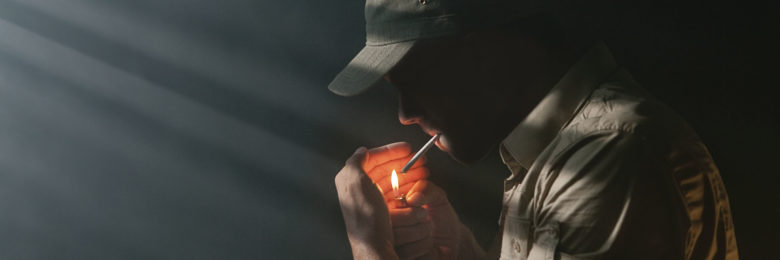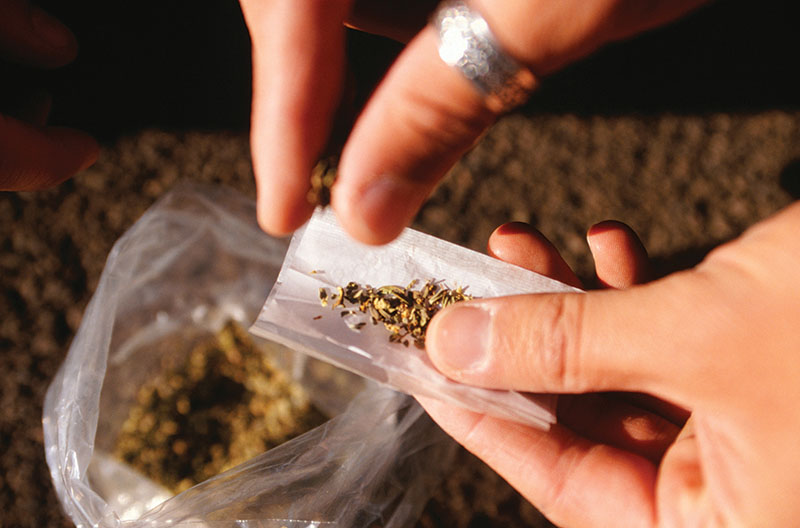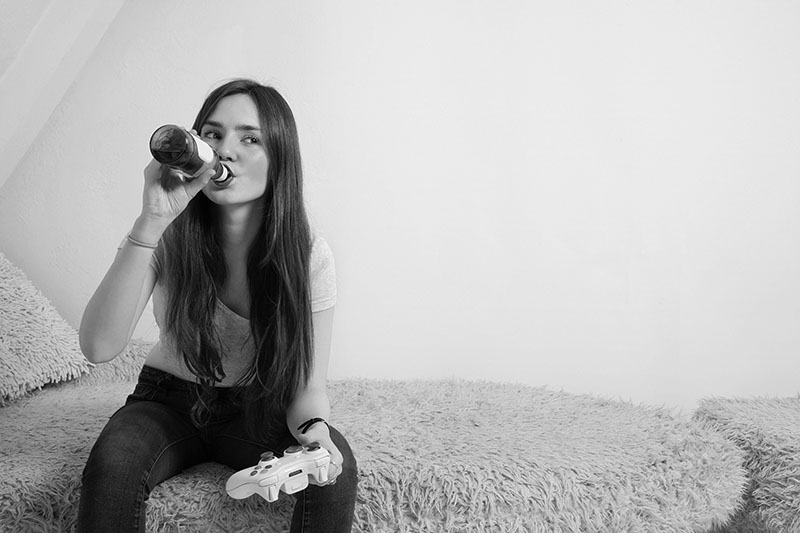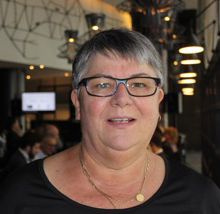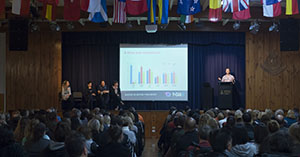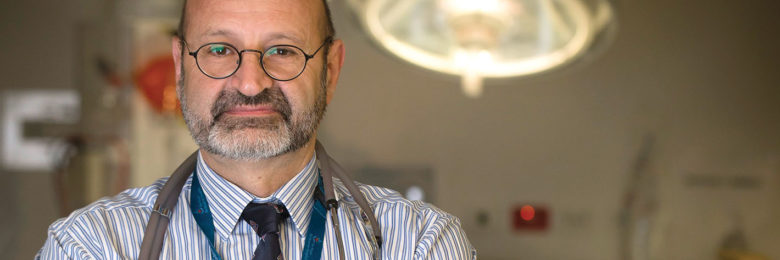
Prof George Braitberg Royal Melbourne Hospital trauma ward
I’ve looked after a patient of 14 or 15 who had one of the highest blood alcohol levels I’ve seen – he was 0.5 – 10 times the legal limit for driving. When he arrived at hospital he was unconscious and needed a couple of days in ICU attached to a ventilator.
I think the age at which young people begin experimenting with drugs has dropped, and that started with the advent of pills, such as ecstasy, when kids were looking to supplement the pleasurable experience at rave parties. Young people don’t want to take anything that involves a needle, so the proliferation of pills has made drugs more accessible for them. But these pills are not safe. They’re not made by pharmacists and usually have contaminants – other drugs and bulking agents such as starch that may create a reaction. Read more


 By Cheryl Critchley
By Cheryl Critchley
